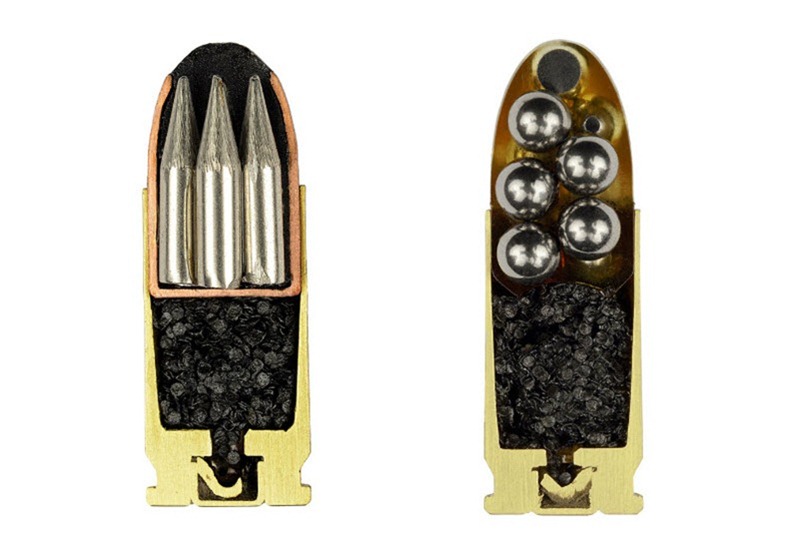When the waters of the Mississippi River broke in April 2011, it created one of the largest and the most damaging floods in the U.S. in the past century. Flooding was caused by two major storm systems that deposited record levels of rainfall on the Mississippi River watershed.
When that additional water combined with the springtime snowmelt, the river and many of its tributaries began to swell and spill over. Certain areas were inundated with 20-30 feet of water forcing evacuation of tens of thousands of homes in areas along the Mississippi and the Yazoo River. But many decided to stay put building dykes around their houses instead, creating tiny island homes.

A levee protects a home surrounded by floodwater from the Yazoo River on May 18, 2011 near Vicksburg, Mississippi. The flooded Mississippi River is forcing the Yazoo River to top its banks where the two meet near Vicksburg causing towns and farms upstream on the Yazoo to flood. (Photo: Scott Olson)

A levee partially protects a home surrounded by floodwater from the Yazoo River, on May 18, 2011 near Vicksburg, Mississippi. (Photo: Scott Olson)

A house in Vicksburg, situated along the Yazoo River, surrounded with tons of earth and sand. Photo: Getty Images

A house in Vicksburg, situated along the Yazoo River, surrounded with tons of earth and sand. Photo: Getty Images

A house in Vicksburg, situated along the Yazoo River, surrounded with tons of earth and sand. Photo: Getty Images

This aerial shot over Vicksburg shows the ominous rise of floodwater around homes. Photo: Getty Images

A flooded home surrounded by a makeshift levee that failed in Vicksburg, Mississippi, is pictured Tuesday, May 17, 2011. (Photo: Dave Martin)

Brittany Pearce (right) stands atop a mound of sandbags in front of her grandparents' house in Stephensville, Louisiana, on May 15, 2011. (Photo: Sean Gardner)

Volunteers fill sandbags to help in the fight against rising floodwater May 7, 2011 in Memphis, Tennessee. (Photo: Scott Olson)

Tugboat owner Jerry Vatson walks across a makeshift walkway from a barge where his boat is anchored to land, amidst rising floodwater from the Mississippi River, in Vidalia, Louisiana, on Tuesday, May 17, 2011. (Photo: Gerald Herbert)

A boat carrying prison trustees, who are used as workers against the flood, motors through Mississippi River floodwaters, past the Riverside Medical Complex, which is protected by a wall of Hesco baskets in Vidalia, Louisiana, on Thursday, May 19, 2011. (Photo: Gerald Herbert)

Sandbags laid out in piles protect a road in Stepensville, Louisiana. Photo: Getty Images

Dennis Barkemeyer (right) inspects a temporary levee built around a medical center in Vidalia, Louisiana. Photo: Getty Images

Submerged buildings are seen near Lake Providence, Louisiana, on May 18, 2011. (Photo: Eric Thayer)







































